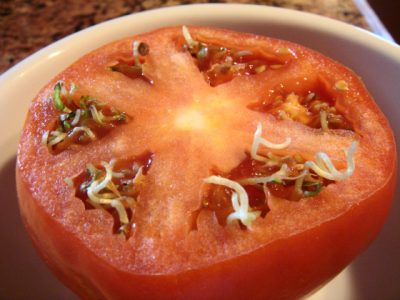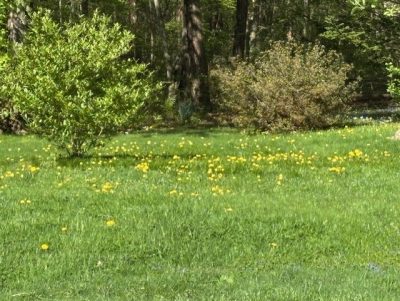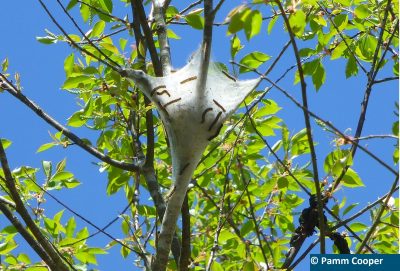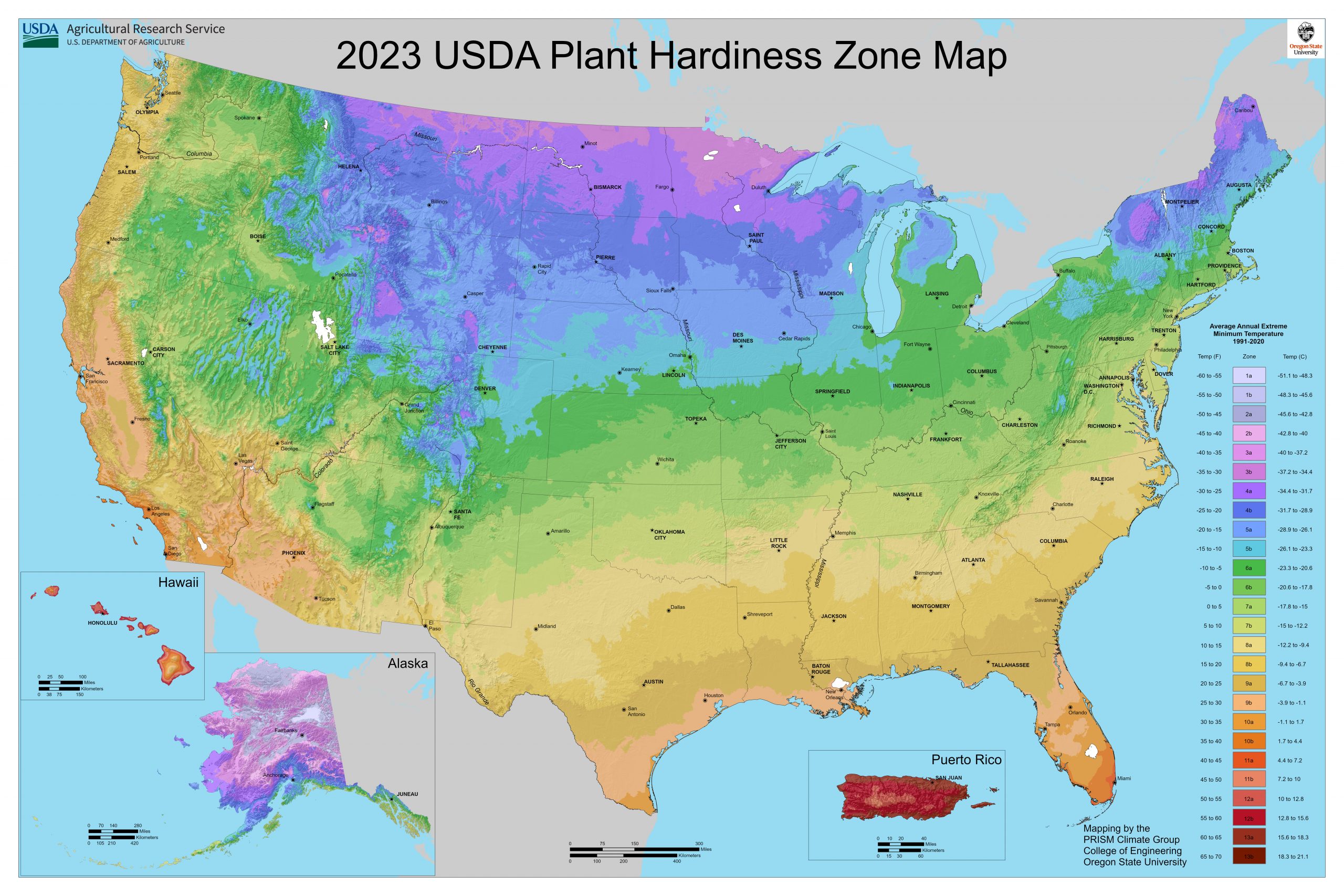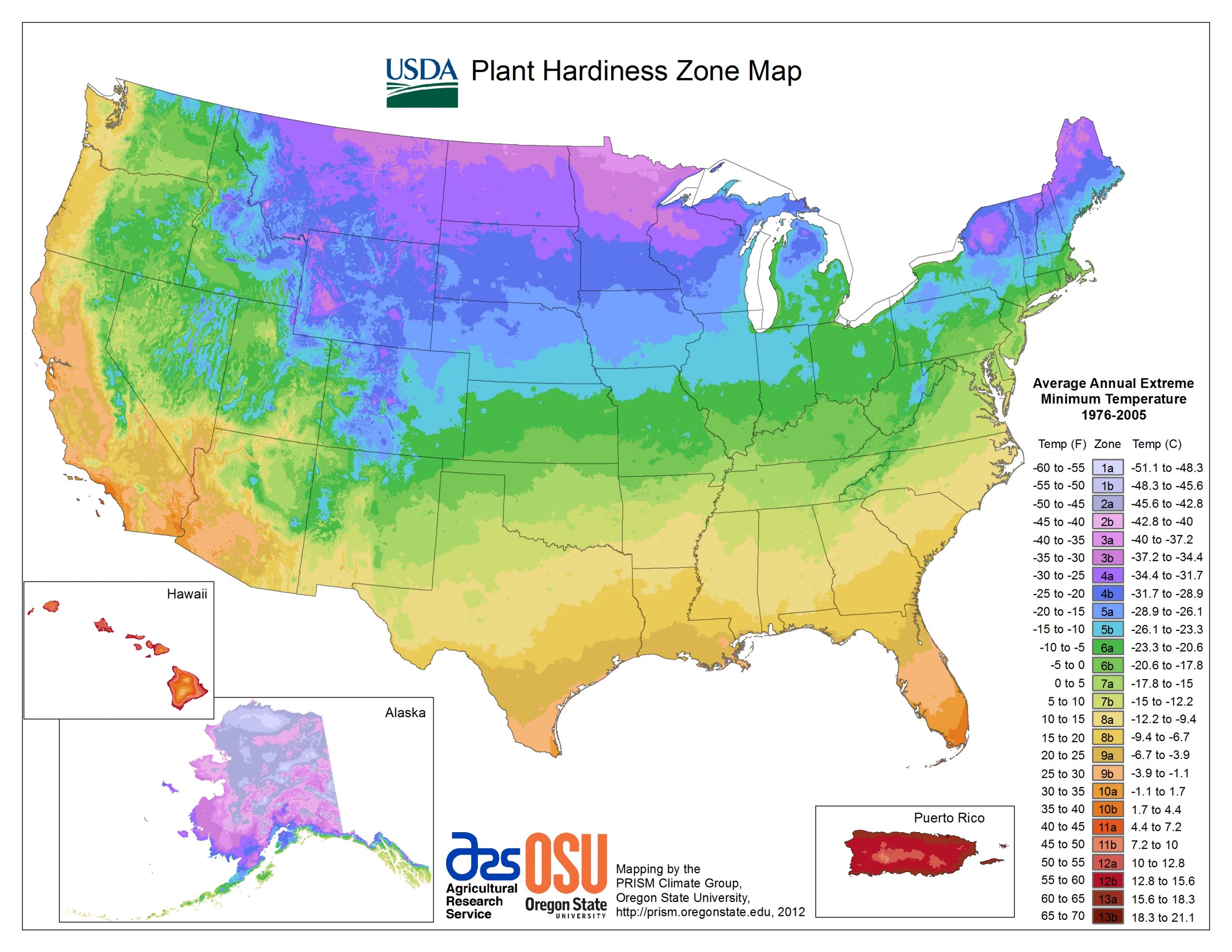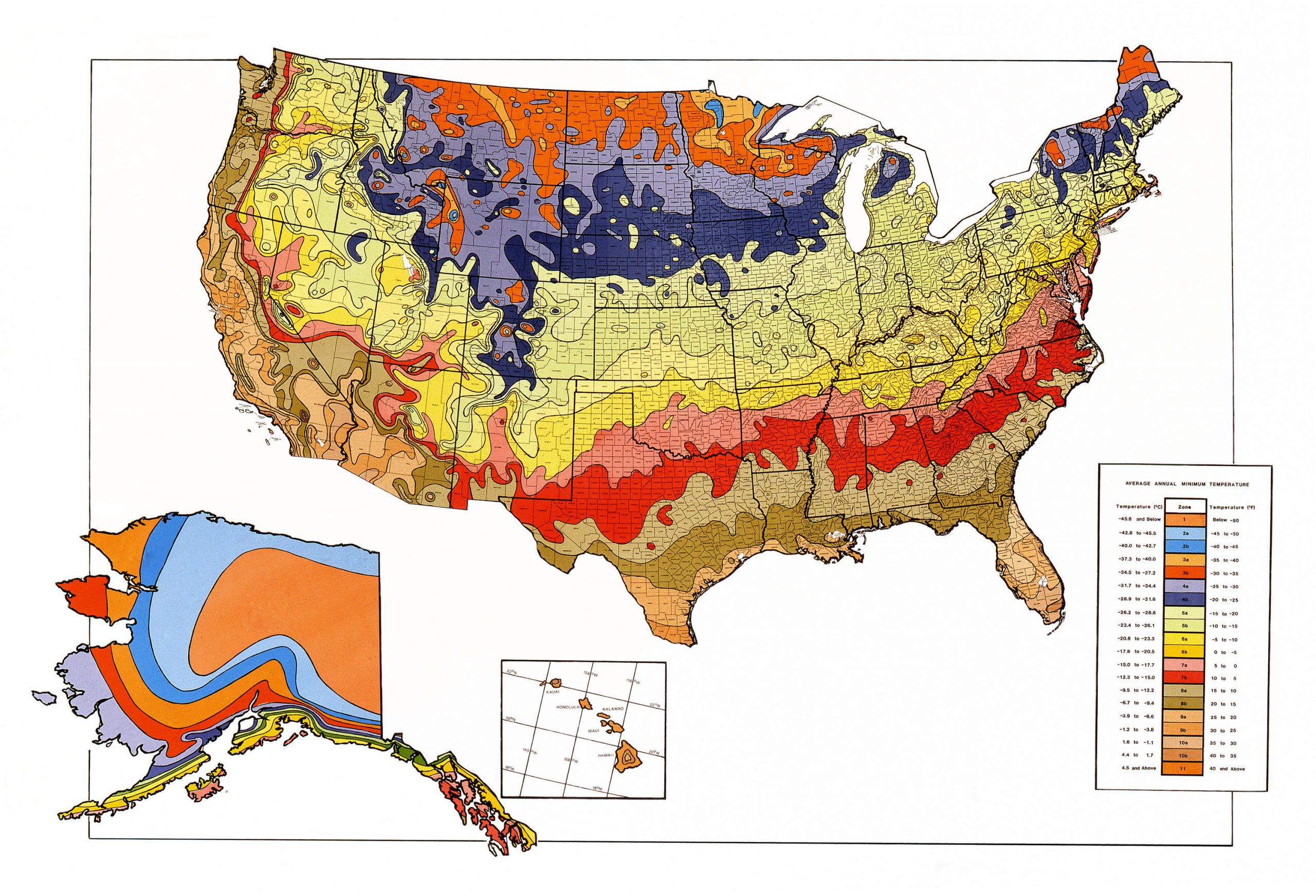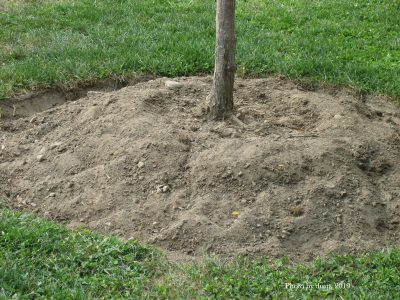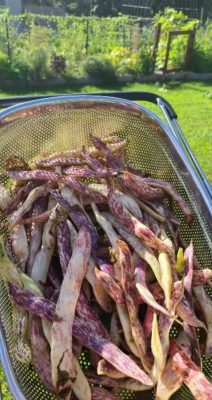By Dr. Matthew Lisy, UConn Adjunct Faculty
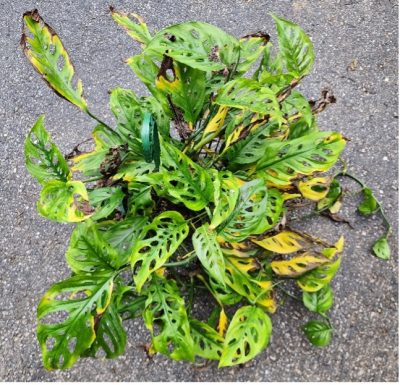
A summer vacation can be beneficial for our houseplants provided that we pay attention to some abiotic (nonliving) factors. Plants need time to adapt to new growing conditions or they can have deadly consequences. Try and make the change as gradual as possible. I usually wait until the end of May, where temperatures are consistently in the 70s for the highs, and no lower than 50s for the lows.
Our plants cannot go from dim, indoor lighting to super bright full sun outside. Any leaves subject to this will burn and die. The best way to acclimate plants to life outdoors is to place them in the shade of a large tree for about a week, and then gradually expose them to some direct sunlight. At first, start with only an hour or two of sun, and then add a bit more the following week until you transition them to full sun. This is assuming that the plants in question are ones that need full sun. Cacti and succulents can generally be transitioned to full sun (one notable exception are the forest cacti).
Most of our houseplants are actually forest-floor species or epiphytes (these grow and live on the trunks of other trees). Either way, those two groups of plants grow in the understory shade of a larger tree in nature, and do well there over the summer. Some plants I saw recently for sale were called neon philodendron. These have light green leaves (similar color to neon pothos). The light was so intense that it bleached the leaves to a pale-yellow color, and some were turning brown. The plants looked miserable, and the grower said she was going to move them to a shadier location.
I am not sure why we cannot have normal weather, but it seems we have had either too dry or too wet the last five years. When it rains consistently, it keeps our plants in a constantly moist state, which leads to root rot. I lost a few really nice philodendrons due to them being too moist in last summer’s constant rain. The ideal setting would have the plants exposed to good light while under cover. This way, the gardener can water them appropriately based on the needs of each plant. If this is not an option, repotting and adding some extra perlite to the mix will help the pot shed the excess water. Be sure to remove the saucer from the pots and hanging baskets while the plants are outside. These will hold excess water and keep the plants in a constantly moist state and favor fungal infections.
A pot or hanging basket may only have about a gallon or two of soil at best, and will dry out quickly in the heat. Depending on your soil type, it may be almost impossible to water enough. Try to avoid full sun in the hottest part of the day between noon and 2:00 p.m.
In an exposed location, wind can rapidly desiccate, windburn, or break plants. A good friend of mine with a large houseplant collection in the Midwest had almost everything he owned blown over and damaged when a tornado swept through his town last summer. Although he did not experience a direct hit, the winds were so bad it ruined many of his mature plants. I told him to look at it like an unintentional propagation event. When vining plants are grown in hanging baskets, they sometimes start to cling to the branches around them and rip in the wind.
Hopefully this article will help plants enjoy their summer vacation. It is a great time for plants to grow and be propagated. Be careful of the extremes of summer, and give the plants a gentle exposure to the outdoors.
The UConn Home & Garden Education Center supports UConn Extension’s mission by providing answers you can trust with research-based information and resources. For gardening questions, contact us toll-free at (877) 486-6271, visit our website at homegarden.cahnr.uconn.edu, or reach out to your local UConn Extension center at cahnr.uconn.edu/extension/locations.
This article was published in the Hartford Courant June 21, 2025


